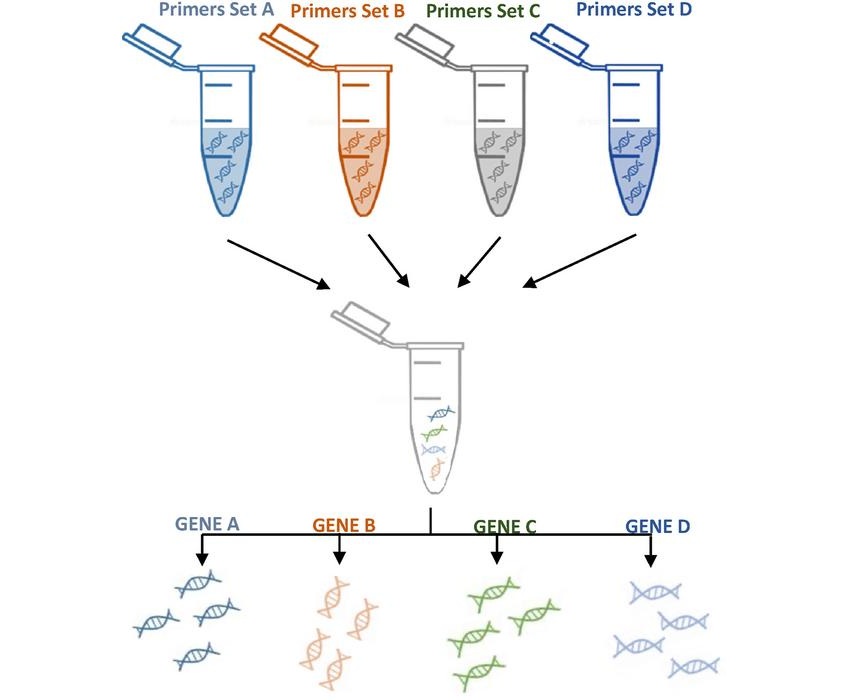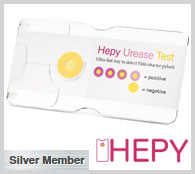Advances in Monkeypox Virus Diagnostics to Improve Management of Future Outbreaks
Posted on 27 Jun 2025
Laboratory medicine plays a critical role in the diagnostic process, providing support for clinical decisions and guiding therapeutic interventions. The COVID-19 pandemic clearly demonstrated the vital function of laboratory medicine in diagnosing, managing, and assessing the prognosis of patients infected with SARS-CoV-2. Technological progress has enhanced diagnostic capabilities and patient care, with emerging innovations like clustered regularly interspaced short palindromic repeats (CRISPR) and artificial intelligence (AI) showing strong potential. A recent article in Science Advances presents an in-depth overview of current diagnostic technologies developed for Monkeypox virus (MPXV) detection, particularly in the context of recent outbreaks.
Authored by researchers at Policlinico Tor Vergata Hospital (Rome, Italy), the article categorizes MPXV diagnostics into two primary types: molecular assays, which identify the virus’s genetic material, and serological assays, which detect infection-related antibodies or antigens. The review starts by examining nucleic acid amplification tests (NAATs), the cornerstone of accurate and early mpox detection. These include conventional PCR and real-time PCR (qPCR), which are regarded as the gold standard due to their high levels of sensitivity and specificity. These methods can detect low viral concentrations but require sophisticated laboratory setups and trained staff. In contrast, isothermal amplification techniques like loop-mediated isothermal amplification (LAMP) and recombinase polymerase amplification (RPA) provide quicker results at constant temperatures, eliminating the need for thermal cyclers and making them suitable for point-of-care or field applications.

Emerging CRISPR-Cas-based diagnostic systems such as SHERLOCK and DETECTR have shown potential for fast and highly specific MPXV detection. Though still in the developmental phase, these platforms could become accessible, portable, and low-cost diagnostic options. The article explores specific genomic targets used in these tests, such as the F3L and B6R genes, and highlights the importance of continued surveillance for viral mutations to maintain diagnostic reliability. Serological tests are also essential for identifying prior exposure and conducting population-level surveillance. Techniques such as the Enzyme-Linked Immunosorbent Assay (ELISA) are commonly used to detect IgM and IgG antibodies. However, the review cautions that ELISA may show cross-reactivity with antibodies from other orthopoxviruses, like smallpox, potentially compromising specificity. Lateral Flow Assays (LFAs), while rapid and easy to use, generally offer lower sensitivity than ELISA or PCR. Neutralization assays, which provide insights into immune protection, are valuable but remain largely confined to research due to their complexity and resource requirements.
In addition, the article discusses how synthetic biology could contribute to the development of modular, programmable diagnostic systems. Multiplexed platforms capable of detecting various pathogens at once, along with point-of-care devices designed for low-resource environments, are emphasized. Portable tools and smartphone-compatible readers are noted for improving diagnostic access and enabling real-time data exchange. The article further emphasizes the necessity of validating diagnostic assays, promoting global standardization, and ensuring broad access to testing infrastructure to better respond to future outbreaks. Overall, while PCR continues to be the most dependable technique, the article stresses the importance of deploying rapid, decentralized diagnostic tools—especially isothermal and serological assays—for effective outbreak response, particularly in remote or underserved regions. Continued innovation, data collaboration, and investment in scalable diagnostics are deemed vital for enhancing global preparedness against mpox and similar emerging health threats.
Related Links:
Policlinico Tor Vergata Hospital














